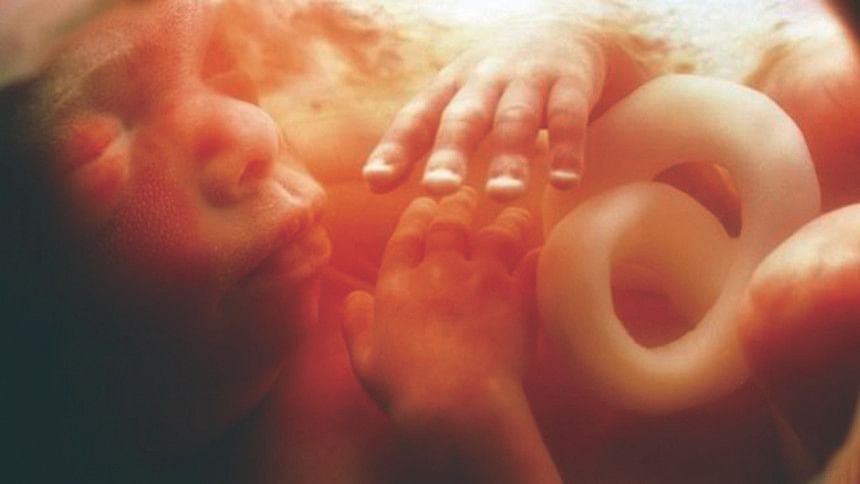Dealing with congenital anomalies

Congenital anomalies are important causes of childhood death, chronic illness and disability. They are also known as birth defects, congenital disorders or congenital malformations. Congenital anomalies can be defined as structural or functional anomalies that occur during intrauterine life.
Causes and risk factors
Although approximately 50% of all congenital anomalies cannot be linked to a specific cause. There are some known causes or risk factors that may include socioeconomic and demographic factors, genetic factors, infections, maternal nutritional status, environmental factors etc.
Maternal exposure to certain pesticides and other chemicals, as well as certain medications, alcohol, tobacco, psychoactive drugs and radiation during pregnancy, may increase the risk of having a child affected by congenital anomalies. Working or living near, or in, waste sites, smelters or mines may also be a risk factor, especially if the mother is exposed to other environmental risk factors or nutritional deficiencies.
Prevention
Preventive public health measures delivered through health services decrease the frequency of certain congenital anomalies. Primary prevention of congenital anomalies includes:
- improving the diet of women throughout their reproductive years, ensuring an adequate dietary intake of vitamins and minerals, and particularly folic acid, through daily oral supplements or fortification of staple foods such as wheat or maize flours;
- ensuring mothers abstain from, or restrict, their intake of harmful substances, particularly alcohol;
- controlling preconceptional and gestational diabetes, through counselling, weight management, diet and administration of insulin when needed;
- avoiding environmental exposure to hazardous substances (e.g. heavy metals, pesticides) during pregnancy;
- ensuring that any exposure of pregnant women to medications or medical radiation is justified, based on careful health risk–benefit analysis;
- improving vaccination coverage, especially against the rubella virus, for children and women. Rubella can be prevented through childhood vaccination;
- increasing and strengthening education of health staff and others involved in promoting prevention of congenital anomalies.
Detection
Health care before and around the time of conception includes basic reproductive health practices, as well as medical genetic screening and counselling. Screening can be conducted during the 3 periods listed next.
- Preconception screening includes obtaining family histories and carrier screening, and is particularly valuable in countries where consanguineous marriage is common.
- Peri-conception screening include screening for young or advanced maternal age, as well as screening for use of alcohol, tobacco or other psychoactive drugs. Ultrasound can be used to screen for Down syndrome during the first trimester, and for severe fetal anomalies during the second trimester.
- Neonatal screening includes clinical examination and screening for disorders of the blood, metabolism and hormone production. Screening for deafness and heart defects, as well as early detection of congenital anomalies, can facilitate life-saving treatments and prevent progression towards some physical, intellectual, visual or auditory disabilities. In some countries, babies are routinely screened for abnormalities of the thyroid or adrenal glands before discharge from the maternity unit.
Treatment and care
Many structural congenital anomalies can be corrected with paediatric surgery and early treatment can be administered to children with functional problems such as thalassaemia (inherited recessive blood disorders), sickle cell disorders and congenital hypothyroidism (reduced function of the thyroid).
Source: World Health Organisation

 For all latest news, follow The Daily Star's Google News channel.
For all latest news, follow The Daily Star's Google News channel. 



Comments